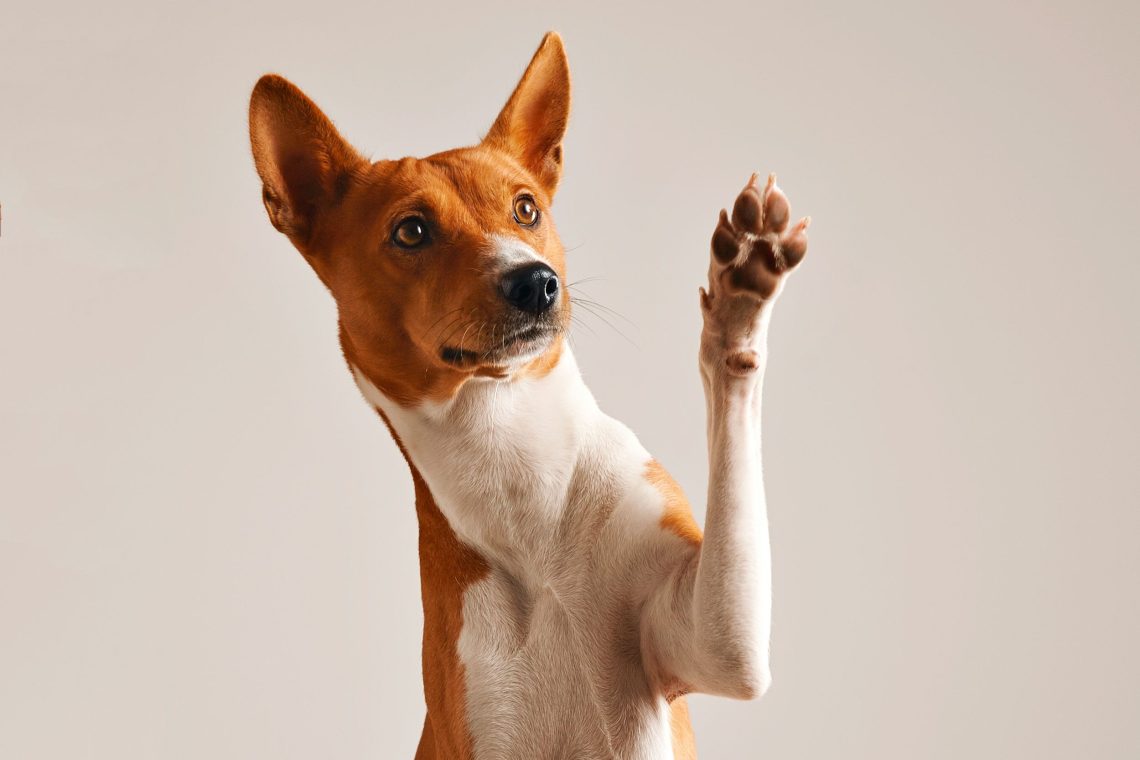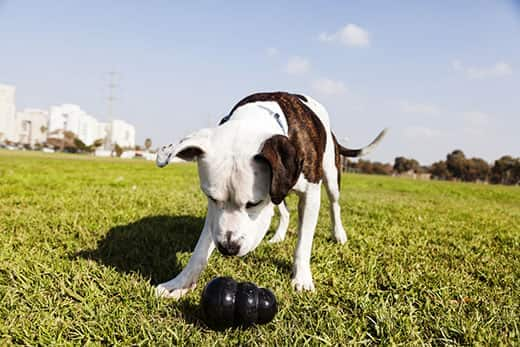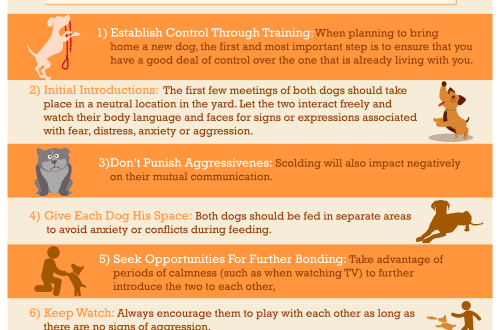
Babban paw: yadda za a tantance idan kare yana hannun hagu ko dama?
According to WorldAtlas, only 10% of the world’s population is left-handed. But do animals, like humans, have dominant paws? Are dogs more often right-handed or left-handed? How do scientists and owners determine the leading paws of a pet?
Contents
Pet Preferences
All dogs are different, so there is no unequivocal answer to the question of whether dogs are more often right-handed or left-handed. Another reason why it is difficult to collect such statistics is that animals are not tested for dominant paws. But many experts believe that the difference between the number of right-handers and left-handers among dogs is not as great as in humans. Although four-legged friends often have a dominant paw, many of them have no preference at all.
How scientists determine the dominant paw
The two most popular ways to determine paw dominance in a dog are the Kong test and the first step test. Both of them have been actively used in scientific research. Here’s how they work.

The Congo Test
In the Kong test, the pet is given a rubber cylindrical toy called Kong that is filled with food. Then he is observed to count how many times he holds the toy with each paw, trying to get food. According to the American Kennel Club, Kong’s tests show that a dog is equally likely to be left-handed, right-handed, or have no preferences.
First step test
You can also determine the dominant paw using the first step test. Similar to the Kong test, the pet is observed to track which paw it starts on. According to the author of a study published in the Journal of Veterinary Behavior, the first step test shows more significant preferences compared to the Kong test. Such a study demonstrated a significant predominance of the right paw in dogs.
How to determine the dominant paw in your dog
You can use one of the tests developed by scientists or come up with your own. For example, ask a dog to give a paw or experiment with a treat. For the latter, you need to hide a treat in your hand and see if the dog always uses the same paw to touch the hand in which the treat lies.
If accurate data are needed, paw preference tests should be performed over a long period of time. Both the Kong test and the first step test require at least 50 observations.
It doesn’t matter if a scientific approach is used to determine the leading paw of a pet or a homemade play one, the pet will love this game. Especially if they offer a treat for it.





